Indoor plants bring life, color, and freshness to any home, but maintaining the right humidity level for them can be tricky—especially in air-conditioned rooms or during dry winters. Many houseplants, particularly tropical ones, thrive in humid environments similar to their natural habitats. When the air inside your home becomes too dry, leaves can brown at the edges, wilt prematurely, or drop altogether.
One of the simplest, most natural, and cost-effective ways to raise humidity around your plants is by using pebble trays. These unassuming trays not only enhance your plant care routine but also serve as a beautiful decorative addition to your indoor garden. This article explores everything you need to know about pebble trays—from how they work to step-by-step setup, benefits, and maintenance tips.
1. Understanding the Role of Humidity in Plant Health
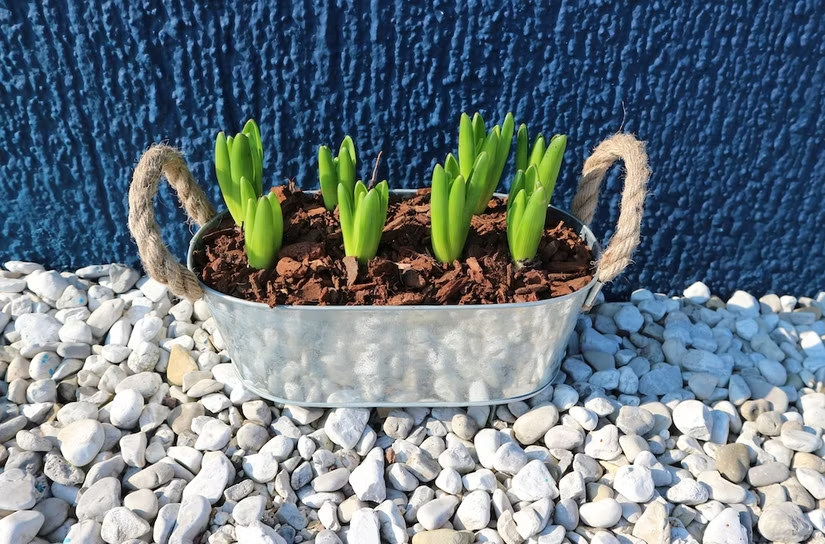
Humidity plays a vital role in plant physiology. It affects transpiration—the process by which plants lose water through their leaves—and influences nutrient absorption and overall growth.
Most tropical and subtropical plants, like ferns, calatheas, orchids, and peace lilies, prefer humidity levels between 50% and 80%. However, most indoor environments, especially those with air conditioning or heaters, have humidity levels around 30% to 40%, which can stress plants over time.
Symptoms of low humidity include:
- Browning or crispy leaf tips
- Curling leaves
- Wilting despite regular watering
- Slower growth
- Increased vulnerability to pests
By introducing a pebble tray, you can locally increase the humidity in a controlled, gentle way without creating excess moisture in the entire room.
2. What Is a Pebble Tray and How Does It Work?
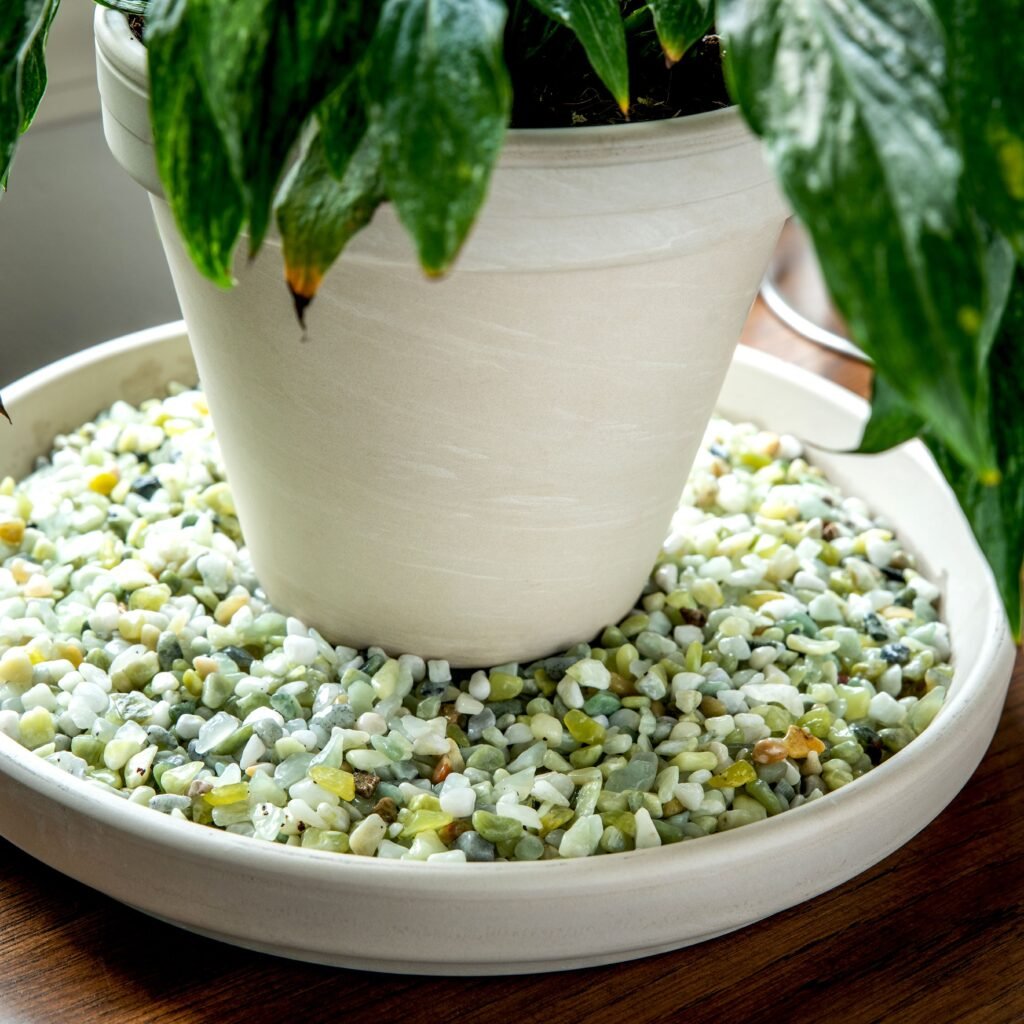
A pebble tray is a shallow dish or tray filled with pebbles and water. The plant pot sits on top of the pebbles, ensuring that the base of the pot does not come into direct contact with the water. As the water evaporates from the tray, it adds moisture to the air around the plant, raising the local humidity.
The concept is simple but effective—similar to the natural process of evaporation that humidifies tropical environments. Unlike misting, which offers a temporary boost in humidity, pebble trays provide consistent, passive humidity without frequent intervention.
3. Materials You’ll Need to Make a Pebble Tray
Creating a pebble tray is straightforward and inexpensive. Here’s what you’ll need:
- A shallow tray or dish: Choose one slightly larger than the base of your plant pot. It can be ceramic, plastic, metal, or even glass.
- Pebbles or gravel: Small stones, aquarium pebbles, or decorative river rocks work well.
- Water: Clean, filtered, or distilled water is ideal to prevent mineral buildup.
- Optional items: Activated charcoal (to prevent odors) and decorative sand or marbles for added aesthetics.
4. Step-by-Step Guide to Setting Up a Pebble Tray
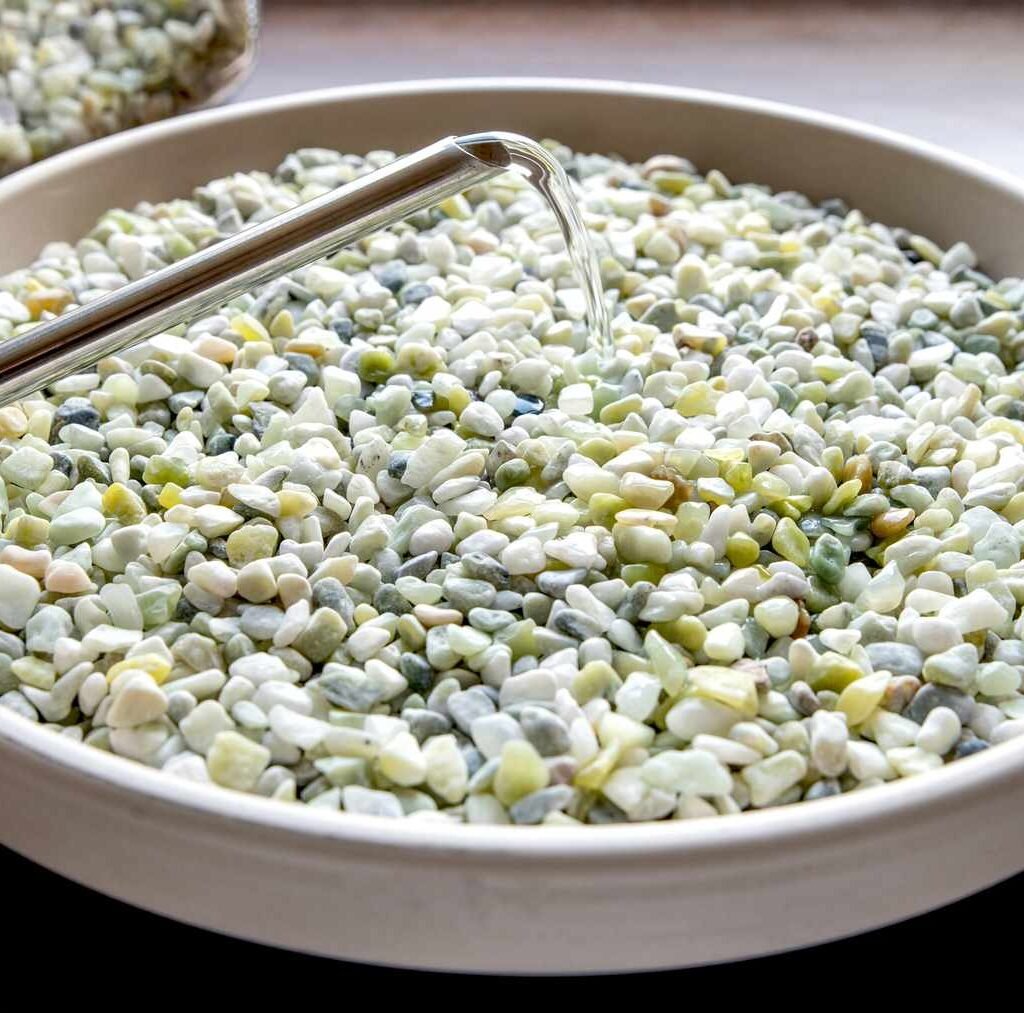
Step 1: Choose the right location
Select a flat, stable surface with good light for your plant. A windowsill, plant shelf, or tabletop works perfectly.
Step 2: Fill the tray with pebbles
Spread an even layer of pebbles across the tray, about 1 to 2 inches deep. This layer forms the foundation and elevates your pot above the water level.
Step 3: Add water carefully
Pour water into the tray until it reaches just below the top of the pebbles. The goal is to keep the plant pot’s base above the water to prevent root rot.
Step 4: Place the plant on top
Set your potted plant on the pebbles. Make sure it sits securely and does not wobble. The pot should never touch the water directly.
Step 5: Maintain water levels
Check the tray regularly and refill it as the water evaporates. During hot or dry seasons, you may need to top it up every few days.
Step 6: Clean the tray occasionally
Once a month, clean the tray and pebbles to prevent algae, mold, or mineral deposits. You can rinse them with mild soapy water and let them dry before reassembling.
5. Benefits of Using Pebble Trays for Indoor Plants
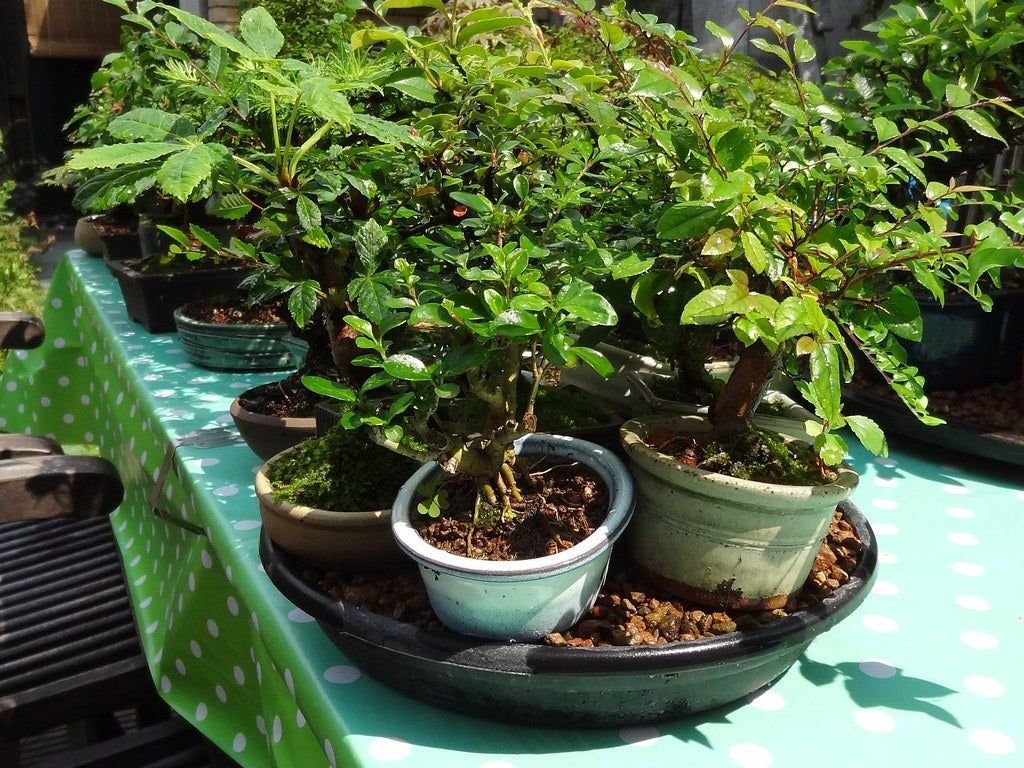
a. Boosts local humidity naturally
Pebble trays provide a slow, steady release of moisture around your plants, creating a microclimate similar to their native habitat.
b. Reduces stress on tropical plants
Plants like calatheas, anthuriums, and ferns benefit greatly from the increased humidity, showing healthier leaves and more vibrant color.
c. Prevents overwatering issues
Since the plant pot doesn’t sit directly in water, roots remain aerated, reducing the risk of root rot—a common issue with humidity trays gone wrong.
d. Low maintenance and eco-friendly
Pebble trays require no electricity, unlike humidifiers, making them energy-efficient and environmentally friendly.
e. Adds aesthetic value
Decorative pebbles and trays can complement your home décor. Whether you prefer sleek minimalism or rustic charm, pebble trays can be styled to match your interior theme.
6. Common Mistakes to Avoid When Using Pebble Trays
While pebble trays are simple, a few errors can limit their effectiveness or even harm your plants:
- Overfilling the tray: If water touches the pot’s base, roots can become waterlogged and rot.
- Using hard water: Tap water often contains minerals that can leave white deposits on pebbles. Opt for filtered or distilled water.
- Neglecting cleaning: Stagnant water can promote algae and attract fungus gnats.
- Relying solely on pebble trays: While they help, pebble trays alone may not provide sufficient humidity for all plants, especially in extremely dry environments.
If your space is particularly dry, combine pebble trays with other methods such as grouping plants, using humidifiers, or placing bowls of water near heat sources.
7. Enhancing the Effectiveness of Pebble Trays
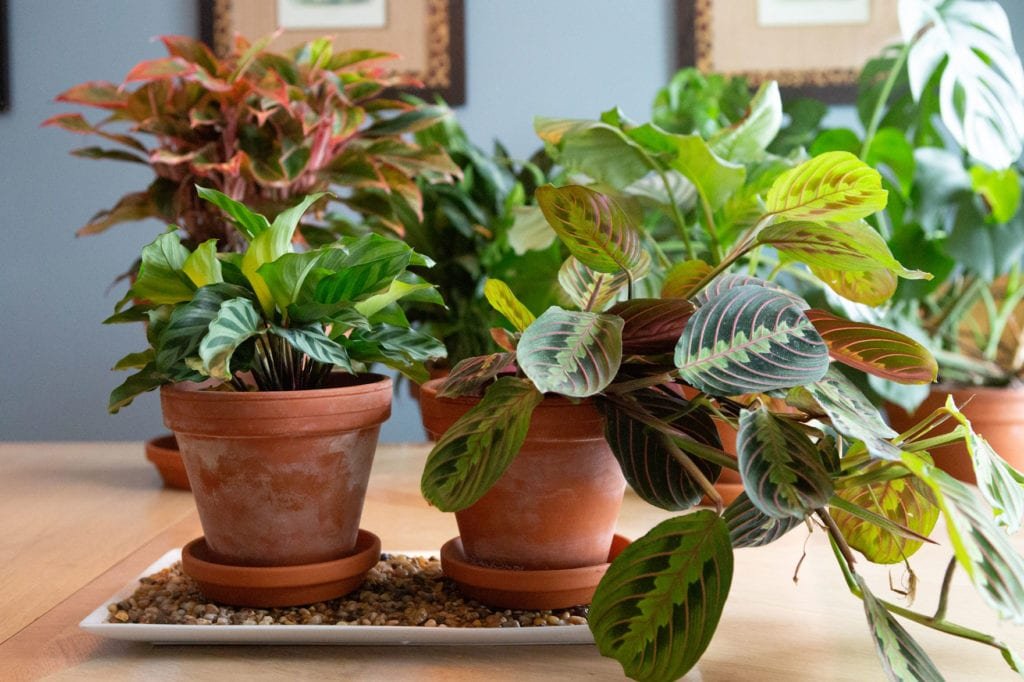
To maximize the humidity benefits, try these complementary strategies:
- Group plants together: Plants naturally release moisture through transpiration. Grouping several around a pebble tray amplifies the humidity effect.
- Use larger trays: A wider tray allows more surface area for water to evaporate.
- Add indoor fountains: Small water features increase humidity and create a soothing ambiance.
- Monitor humidity with a hygrometer: Keep track of your home’s humidity levels to ensure your plants are thriving.
8. Ideal Plants That Benefit from Pebble Trays
Pebble trays are particularly beneficial for humidity-loving plants. Consider using them under:
- Ferns (Boston Fern, Maidenhair Fern)
- Calatheas and Marantas
- Peace Lily (Spathiphyllum)
- Fittonia (Nerve Plant)
- Orchids
- Anthuriums
- Alocasia and Colocasia
- Begonias
These plants tend to suffer quickly in dry air, so a pebble tray can make a visible difference in leaf texture and color.
9. Comparing Pebble Trays to Other Humidity Solutions
| Method | Effectiveness | Cost | Maintenance | Best For |
|---|---|---|---|---|
| Pebble Tray | Moderate | Low | Easy | Individual plants |
| Humidifier | High | Medium to High | Regular cleaning | Larger plant collections |
| Grouping Plants | Moderate | Free | Minimal | Clusters of humidity-loving plants |
| Misting | Temporary | Low | Frequent | Quick moisture boost |
Pebble trays offer a perfect balance for beginners or those who want a low-maintenance, visually pleasing solution.
10. Final Thoughts
Pebble trays may seem simple, but their impact on plant health and home atmosphere is significant. By using them, you mimic the natural humidity tropical plants crave, keeping leaves lush, vibrant, and resilient. They are inexpensive, easy to maintain, and can double as decorative elements that enhance your interior design.
If you’re passionate about indoor gardening but struggle with dry indoor air, start with a few pebble trays. Over time, you’ll notice your plants growing healthier and your home feeling more alive—proof that small changes can make a big difference in your indoor garden ecosystem.
In essence, pebble trays are an elegant blend of science and simplicity—a natural way to nurture your plants while beautifying your living space.
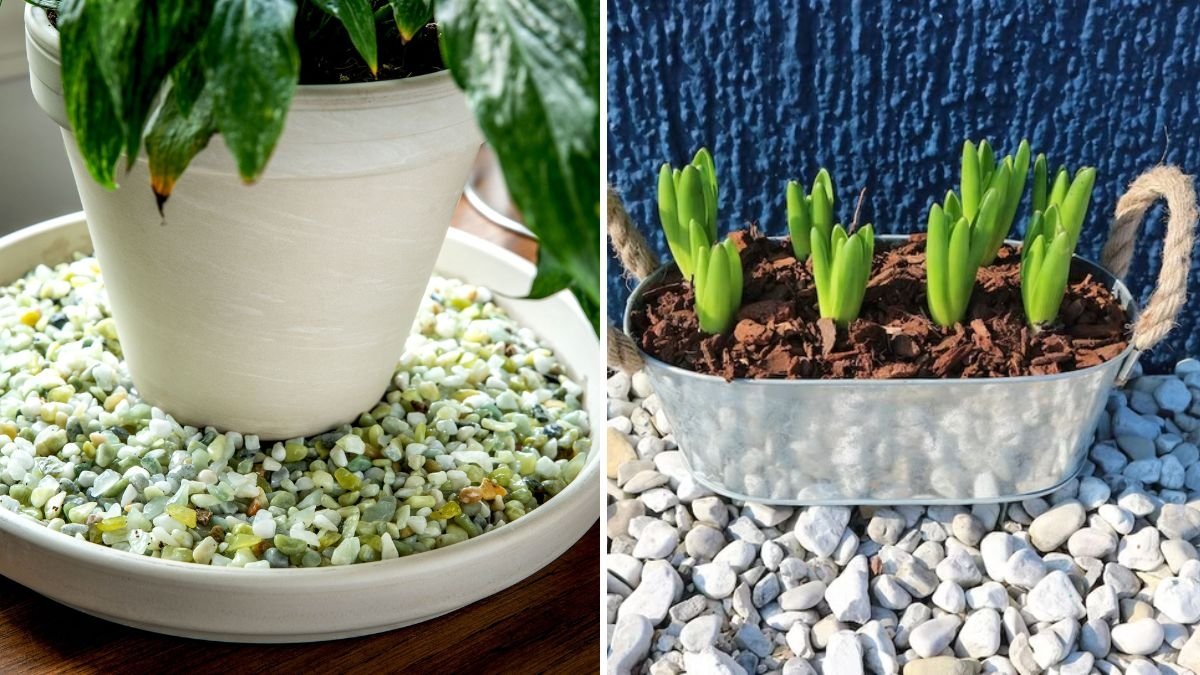




Leave A Comment